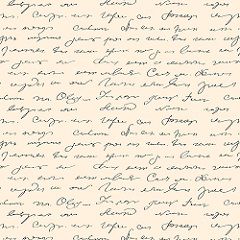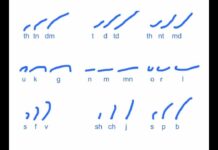
The Lost Art of Shorthand Stenography: A Look into an Ancient Skill
In today’s digital age, where technology has taken over most aspects of our lives, certain skills and practices from the past have become obscure and forgotten. One such skill is shorthand stenography, a fascinating ancient technique that was once essential for efficient note-taking and secretarial work. In this article, we will explore the origins of shorthand stenography, its decline, and whether there is any place for it in our modern world.
Shorthand stenography, also known as steno, is a method of writing that uses a series of symbols or abbreviations to represent words or phrases. This technique allows the writer to transcribe speech quickly, making it ideal for capturing lecture notes, court proceedings, or any situation that requires swift and accurate documentation. Shorthand has been used in various forms throughout history, with different countries and cultures developing their own systems.
The art of shorthand can be traced back to ancient Egypt, where scribes developed a form of shorthand called hieratic script as early as the 2nd millennium BCE. Shorthand continued to evolve in different forms throughout history, with notable advancements made by Tiro in Ancient Rome and the Pitman Brothers in the 19th century. The most widely recognized form of shorthand is the Gregg system, invented by John Robert Gregg in the late 19th century, which became widely used in English-speaking countries.
At its peak, shorthand stenography was an essential skill for secretaries, court reporters, journalists, and various other professions that required accurate and swift note-taking. Mastery of shorthand could lead to lucrative job opportunities and was considered a mark of distinction. However, with the advent of technology, particularly the typewriter and later personal computers, shorthand began to decline rapidly in the mid-20th century.
The rise of typewriters and computers allowed for faster and more accurate transcription without the need for a shorthand system. These innovations rendered shorthand less relevant, causing its usage to dwindle. In schools and colleges, shorthand classes became a thing of the past as educators shifted their focus to typing and computer skills. In the digital era, the need for shorthand seemed obsolete.
Despite its decline, there are still a few pockets of shorthand enthusiasts and professionals who continue to practice this ancient skill. Some court reporters and transcribers still rely on shorthand as a backup method or during instances where technology may fail. Additionally, shorthand can be seen as a personal skill for individuals who enjoy the art of calligraphy or those looking to challenge themselves in mastering a unique form of writing.
While the practical applications of shorthand in today’s world may be limited, there are still some potential benefits to learning this ancient skill. First and foremost, shorthand can significantly improve an individual’s listening and concentration abilities. To transcribe speech in real-time, one must develop an acute sense of focus. This skill can enhance one’s ability to absorb information and recall it accurately in other areas of life.
Moreover, the process of learning shorthand can serve as a mental exercise and a form of relaxation. Taking the time to master a complex system of codes and symbols can be a challenging and rewarding endeavor. Additionally, writing in shorthand can become a creative outlet for those interested in calligraphy, as the unique symbols and strokes lend themselves to artistic expression.
Shorthand stenography, although considered a lost art, still has a place in our world today. While it may not be as essential or widely practiced as it once was, it offers unique benefits such as improved concentration skills and the opportunity for artistic expression. If you find yourself intrigued by this ancient skill, consider exploring shorthand and embracing the legacy of this forgotten art form.
















